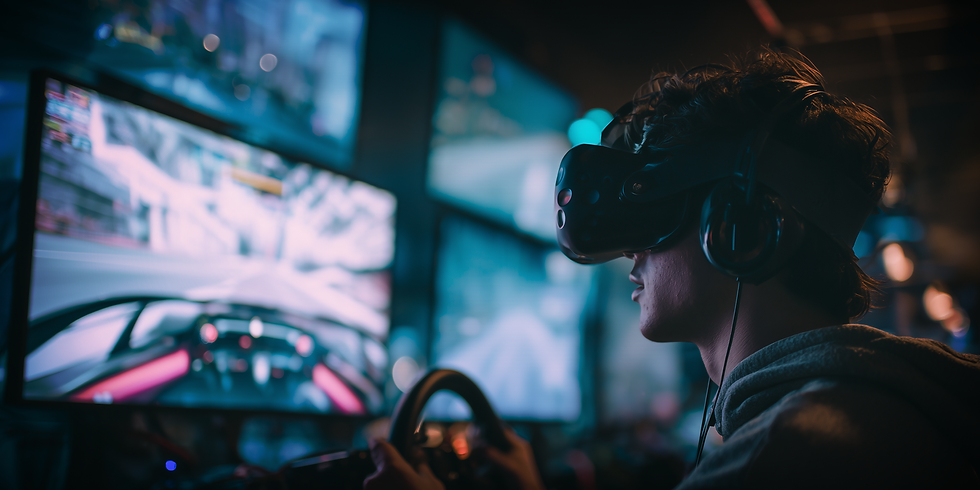The Role of Animation in Enhancing User Experience in Games
- artMiker Team

- Sep 3
- 2 min read

Explore how animation can elevate a game’s user experience, from character movement to environment interactions.
Why Animation Matters in Game UX
In the world of game development, animation does far more than bring visuals to life—it brings experiences to life.
Whether it's a hero’s leap, the flicker of firelight, or a pulsing action button, animation is what makes a game feel alive. It guides the player, conveys emotion, enhances clarity, and builds immersion. In short: great animation is great UX.
Let’s dive into the five key ways animation enhances user experience in modern games.
1. Character Movement That Feels Natural
When characters move smoothly and respond intuitively, players feel in control.
From idle loops to sprint transitions, animation bridges the gap between player input and visual feedback. Every jump, roll, and attack carries weight—visually and emotionally. Responsive animation turns gameplay from a task into a flow.
Example: In Spider-Man: Miles Morales, parkour animations blend seamlessly into swinging mechanics, adapting in real-time to the player’s momentum and movement choices.
2. Environment Interaction That Feels Alive
Subtle animations like rustling grass, reactive water, or shifting shadows make your game world feel lived-in. These aren’t just aesthetic choices—they serve UX purposes too.
Animated environments help guide exploration, signal interactivity, or build tension. For example, glowing vines may lead to a secret cave, or flickering lights may warn of nearby danger.
Pro Tip: Use ambient animation to reinforce game mechanics without needing explicit tutorials.
3. UI/UX Feedback That Communicates Clearly
UI animations shape how players interact with menus, inventories, and on-screen prompts.
Micro-interactions like hover states, pulsing buttons, or sliding panels guide the user subtly but effectively. Smooth, well-timed transitions prevent confusion and make the interface feel modern and intuitive.
UX Tip: Use consistent animation speed and easing to create a trustworthy, fluid interface across all screens.
4. Emotional Storytelling Through Animation
Facial expressions, body language, and cinematic timing all play a huge role in making players feel something.
Well-executed character animation enhances narrative moments and builds empathy. Instead of relying solely on dialogue, developers can use motion to show a character’s fear, joy, hesitation, or rage.
Example: The Last of Us Part II masterfully uses subtle expressions and body movements to deepen emotional storytelling—even during silent scenes.
5. Building Trust Through Visual Consistency
A unified animation style across gameplay, UI, and story keeps players anchored. Inconsistency in movement or transitions can break immersion and cause frustration.
By establishing and maintaining a consistent animation language, you create an experience players can rely on—boosting engagement and reducing cognitive friction.
Pro Tip: Use animation blueprints or design systems to scale consistency across a team.
Animation isn’t just eye candy—it’s user experience in motion.
When animations are responsive, intentional, and emotionally resonant, they transform gameplay into something players feel. They teach, guide, and immerse without a single word.
So next time you sketch a character or build out a menu, ask yourself:
“How will this move—and how will that motion feel?”









Comments